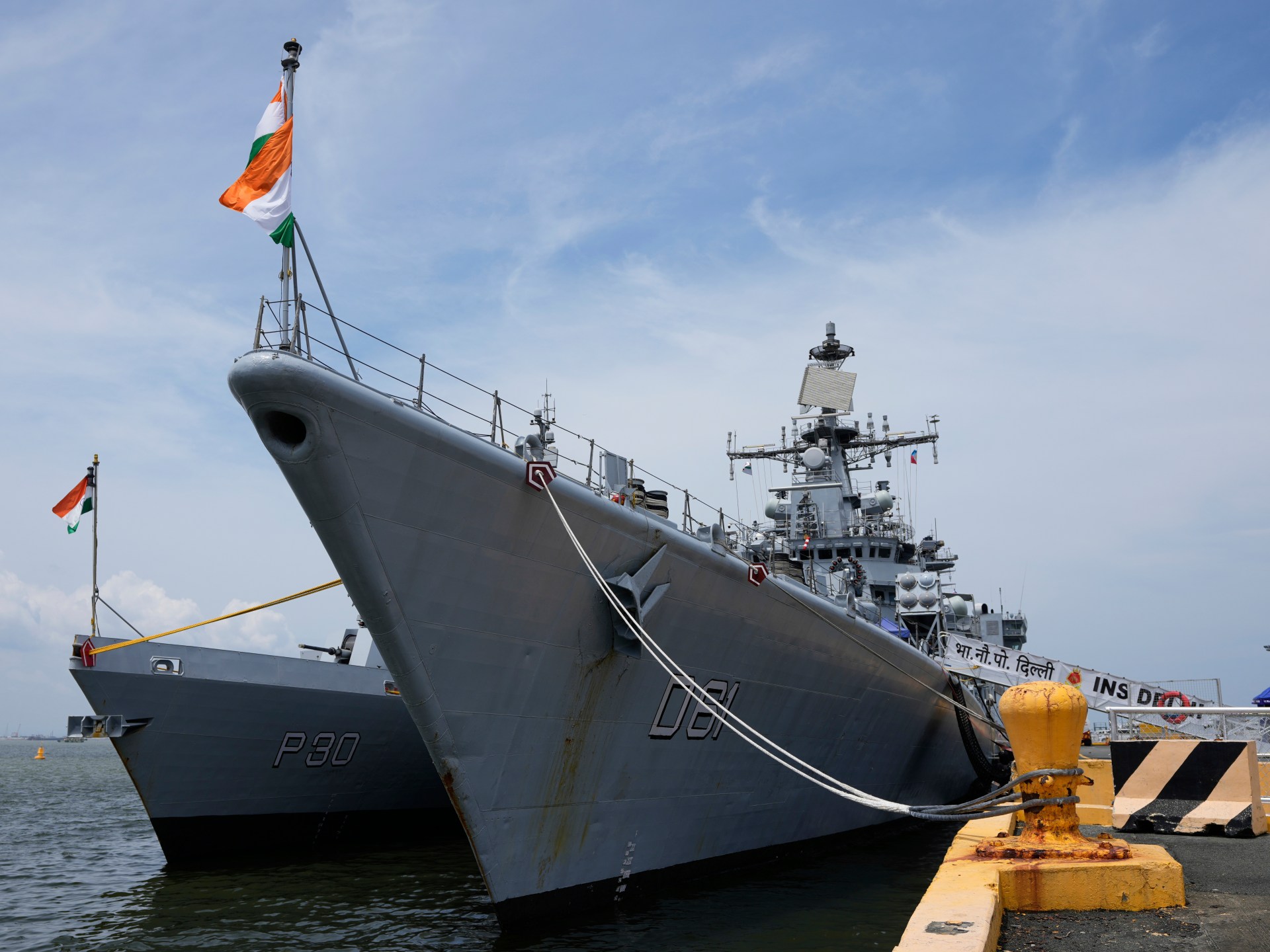In the disputed South China Sea, India and the Philippines conducted their first joint sail and naval exercises.
China, which has separate territorial disputes with the two Asian nations and claims nearly the entire key waterway, is likely to be enraged by the two-day joint military deployment that began on Sunday.
Romeo Brawner, the country’s exclusive economic zone, was the subject of the joint sail, according to the Philippine Chief of Staff on Monday.
Without mentioning China, Brawner told reporters, “We did not have any unfunny incidents, but there are still those shadowing us as we had anticipated.”
The Philippine military claims that the Chinese navy and coastguard ships have monitored from a distance during joint patrols with other foreign navies.
Among the participating Indian navy ships were the corvette INS Kiltan, the tanker INS Shakti, and the guided missile destroyer INS Delhi. BRP Miguel Malvar and BRP Jose Rizal, two frigates, were deployed by the Philippines.
President Ferdinand Marcos’ five-day visit to India coincided with the exercise, which he said would look to strengthen maritime ties and encourage cooperation in areas like agriculture, pharmaceuticals, and defense.
Brawner expressed hope that future joint operations with India’s military could be carried out by Filipino forces.
According to him, the drill “sends a powerful signal of solidarity, strength in partnership, and the energy of cooperation between two vibrant democracies in the Indo-Pacific.”
Territorial and maritime disputes should be resolved between the countries directly involved, according to China’s Ministry of Foreign Affairs, and no outside party should interfere.
The Chinese Ministry of National Defense referred to the Philippines as a “troublemaker” who has aligned itself with foreign forces to create trouble in what China views as its own territorial waters in response to a question last week regarding its plans to increase military cooperation.
China “never wavers in its resolve,” according to spokesman Zhang Xiaogang, who stated to reporters that the country would protect its national territorial sovereignty, maritime rights, and interests, and would take steadfast measures to stop any provocations from the Philippine side.
A strategic shipping route leads to the South China Sea, where shipborne commerce totals $3 trillion annually.
Source: Aljazeera

Leave a Reply